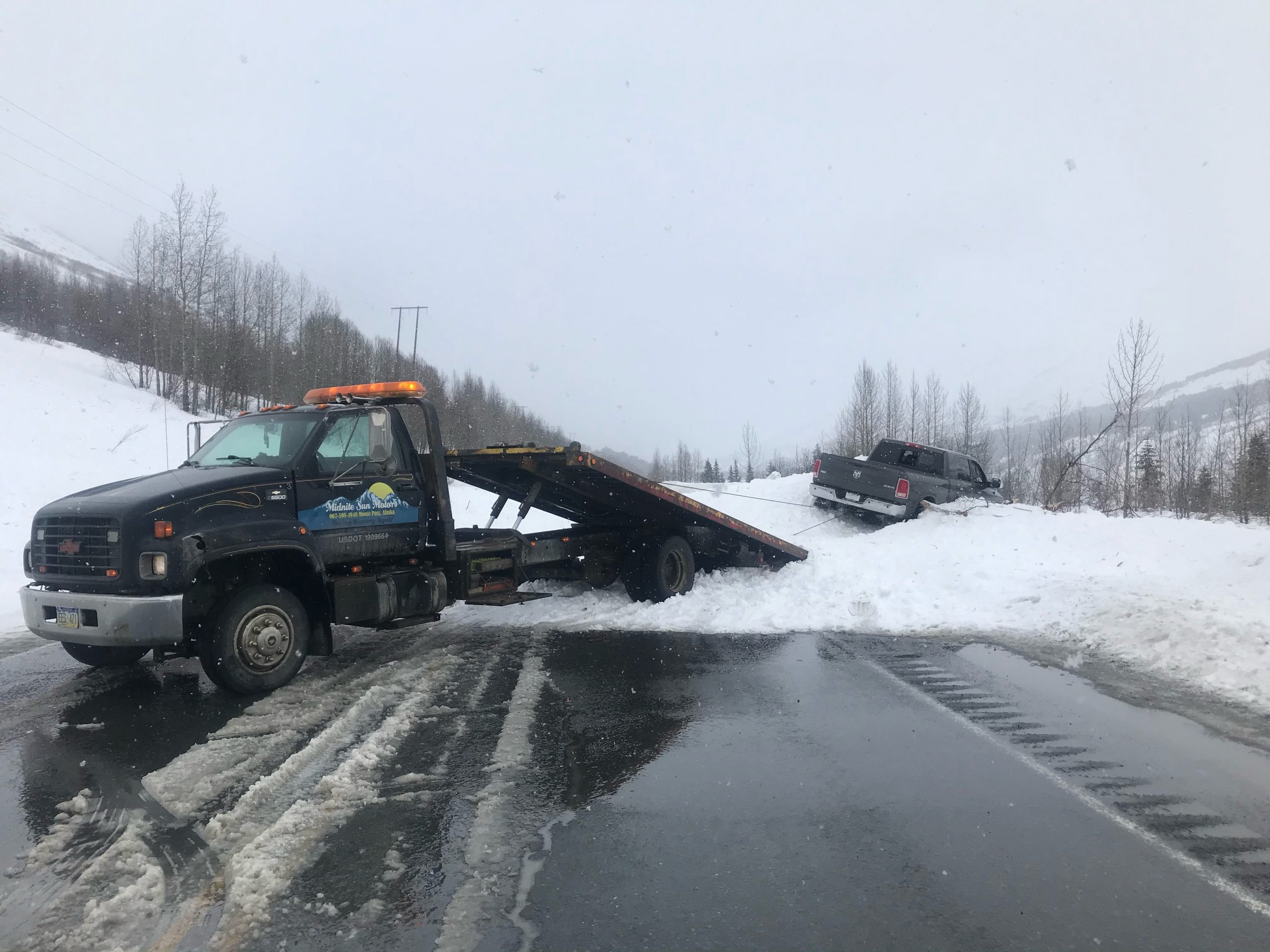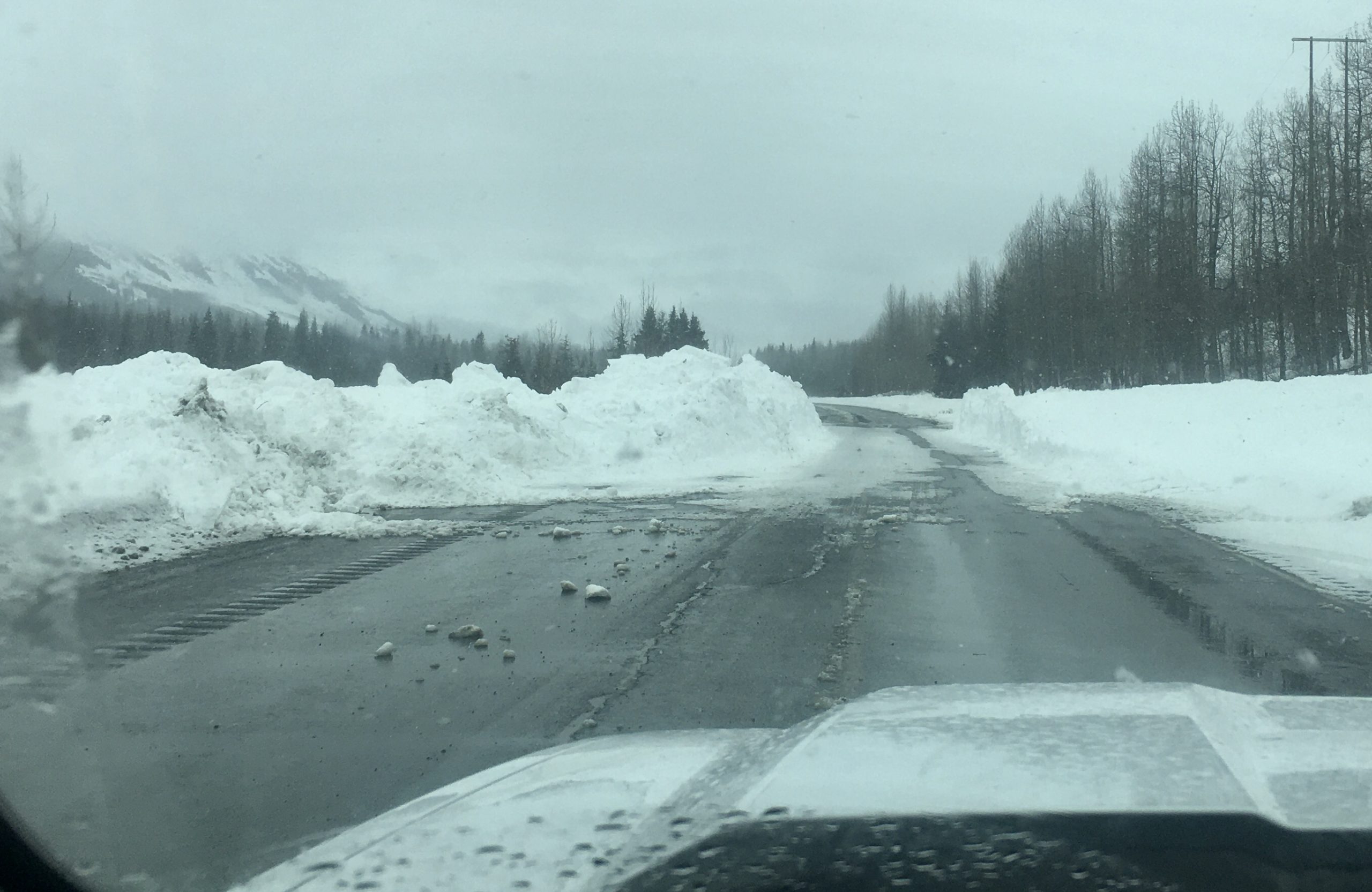Turnagain Pass
|
|
The avalanche danger is CONSIDERABLE today for how we should approach the mountains. Three large natural avalanches released yesterday just south of our forecast zone in Summit Lake, one covering the highway. Although natural avalanches are not expected today, springtime warming and this event deserves our respect for unusual avalanches this time of year.
That said, human triggered slab avalanches 1-3′ deep remain possible on slopes 35 degrees and steeper due to buried weak layers. Additionally, watch for shallow new wind slabs formed in yesterday’s 4-6″ of new snow as well as sluffs in the new snow. Slopes with recent wind loading will be the most likely places to trigger a slab avalanche. Pay attention to signs of unstable snow and any warming on the snow surface that may occur this afternoon.
SUMMIT LAKE/LOST LAKE/SEWARD: Increased avalanche danger exists in areas south of the forecast zone. Warmer temperatures in this area may be playing a role in creating unstable snow. Extra caution is warranted by staying off of and out from under avalanche terrain.
Heavy snowfall and dangerous avalanche conditions exist at Hatcher Pass. Please see HPAC’s avalanche advisory updated yesterday.
Region-wide: Warmer springtime temperatures with snowfall and winds are increasing avalanche hazard in many parts of Southcentral Alaska currently. Remember, most natural avalanches occur not only during stormy weather but also during warm afternoons/evenings.

 Natural avalanche in Summit Lake (MP 45 Seward Highway). 3.30.21.
Natural avalanche in Summit Lake (MP 45 Seward Highway). 3.30.21. Debris from slide on the road was around 4-6′ deep and covered around a 100′ stretch.
Debris from slide on the road was around 4-6′ deep and covered around a 100′ stretch.